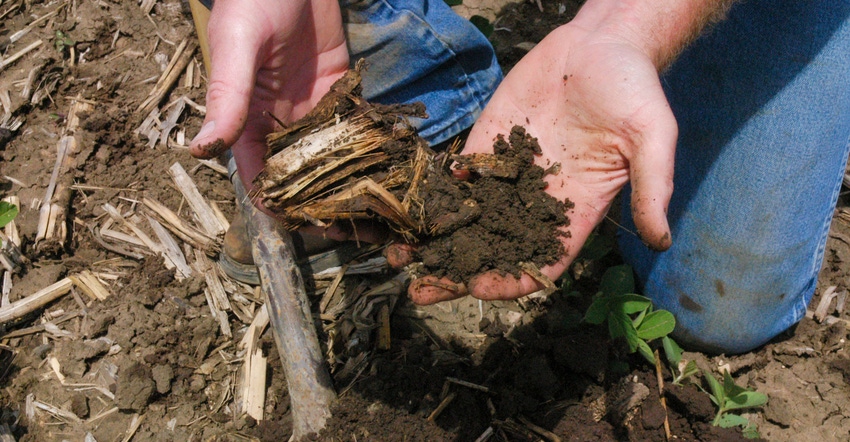March 19, 2020

Michael Youngs made an excellent catch on a mistake made in the article, "Group searches for northern cover crop success" regarding the basic science of carbon. See Youngs’ letter to the editor, “Look at the whole picture.”
The article said that “carbon is converted to nitrogen” in reference to nutrients from cover crops that are made available to the following year’s grain crops. Mr. Youngs wrote, “Carbon is an element — as is nitrogen. Carbon will not and cannot convert to anything other than carbon.”
He is correct. That error is on me. The writer submitted the article to me to review for technical correctness and I missed the error. Dr. Dave Franzen’s correction is what was intended. Franzen, North Dakota State University Extension soils specialist, wrote that, “N is released from organic matter through mineralization at different times of the year.”
Deviates from science
However, Mr. Young deviates from science with his reference to the greenhouse gas released by volcanoes being more than humans in decades. This is a common ditty passed along on Facebook and it is simply not true.
From an article in the Scientific American, “According to the U.S. Geological Survey, the world’s volcanoes, both on land and undersea, generate about 200 million tons of carbon dioxide annually, while our automotive and industrial activities cause some 24 billion tons of carbon dioxide emissions every year worldwide.
Despite the arguments to the contrary, the facts speak for themselves: Greenhouse gas emissions from volcanoes comprise less than 1% of those generated by today’s human endeavors.”
Mr. Youngs also raises questions regarding energy efficiency of wind towers, especially regarding the costs that go into creating them. Once again, let’s turn to science to put Mr. Youngs concerns to rest.
A scientific article in the January 2010 Renewable Energy Journal titled, “Meta-Analysis of Net Energy Return for Wind Power Systems” looked at that very question by examining 50 different analysis from 1977 to 2007.
These studies revealed that 119 operational wind towers had a 19.8 “Energy Return On Investment (EROI).” If a wind tower consumed as much energy to make it and run it as produced, the EROI would be a “1.” This includes complete lifecycle analysis including disposal.
For comparison, solar panels in 2010 had an EROI of 6.5, while coal plants had an EROI of about 8.0, according to the article. It should be noted that there have been tremendous efficiency strides in both wind and solar power generation since 2010, so it would be easy to assume those EROI’s for renewable energy are even more favorable today.
Science is great! But it is important to use it consistently.
Overby operates Lee Farms, Wolford, N.D., and is coordinator of the 49th Parallel Cover Crop Project.
You May Also Like




